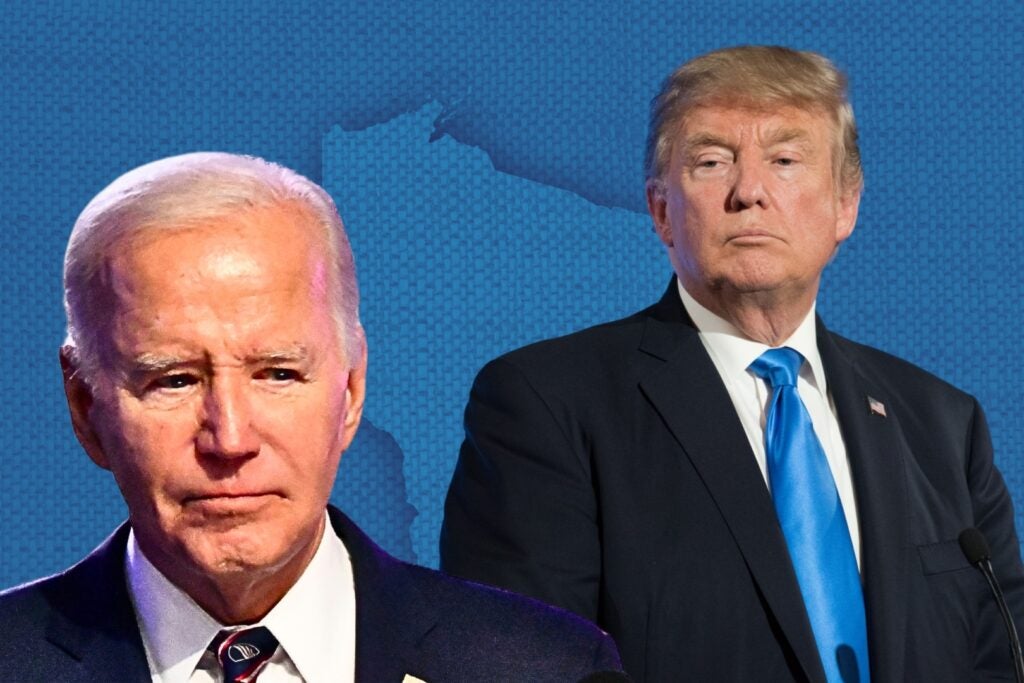Inflation rose 3.20% in the 12 months ending February 2024 according to the Bureau of Labor Statistics. One of the largest increases was in motor vehicle insurance, which rose by a staggering 20.60% during the same period. There were several other items that rose substantially including transportation services up 9.90%, baby food and formula up 8.80%, photographic equipment and supplies up 9.30%, sewing machines up 11.00%, and home care for invalids and the elderly up 9.00%. Several items also saw a decline in price including motor fuel -4.20%, airline fares -6.10%, major appliances -7.60%, computer software -6.10%, smartphones -10.50%, and health insurance -19.70%.
The chart below shows how prices on a few additional items changed over the past 12 months. Food prices rose, but the increase was smaller than overall inflation (dotted line). Transportation costs experienced a substantial increase (9.90%) along with tobacco (7.10%), hospital services (6.10%), and vehicle repairs (6.70%).
Who’s to Blame for Inflation?
Your view of who to blame for this latest round of inflation likely depends on your ideological point of view and your choice of TV news media. Unfortunately, TV news is filled with soundbites and opinions. Let’s stick with the facts, shall we? Inflation emerges when the demand for products and services exceeds the supply. This round of inflation was caused by a breakdown in the supply chain along with an increase in demand. The pandemic was responsible for the supply chain and government spending (i.e. stimulus) was responsible for the increase in demand. That’s as simple as it gets, although there were some missteps along the way. For example, the Federal Reserve was far too late identifying inflation in its early days, choosing to frame it as transitory. As a result, the Fed kept interest rates too low for too long. Congress was guilty of massive spending increases, which caused demand to surge. In short, an artificially induced demand and a drastic shortfall in supply were the culprits in creating inflation. A U.S. president has very little to do with inflation, although they usually get the blame when the conversation turns political, which is nearly always. Who’s to blame? Our fingers should be pointing at Congress and Covid-19.
Federal Spending Out of Control
Since excessive federal spending is one of the chief causes of this latest bout of inflation, we should take a brief look. Immediately before Covid-19 federal spending was $4.44 trillion and the deficit (i.e. shortfall) was $983 billion. In the fiscal year ending 9/30/2020, the federal government spent $6.55 trillion or 47% more than it did in the previous fiscal year. To put it another way, Congress spent $2.0 trillion more when Covid hit. In the past four years, federal spending has remained well above $6.0 trillion while federal revenue has been between $3.40 trillion and $4.89 trillion. This overspending created the largest deficits in U.S. history and has caused the national debt to swell to over $34.5 trillion. Looking at the past four fiscal years (ending 9/30 each year), the federal deficit was $3.13 trillion (FY 2020), $2.77 trillion (FY 2021), $1.37 trillion (FY 2022), and $1.69 trillion (FY 2023). Although this article is about inflation, since federal spending is a key culprit, it should not be ignored.
Will inflation fall to the Feds 2.0% level? Some believe this is not possible. We’ll have to wait and see, but one thing is sure, the Fed is doing a good job avoiding a recession. However, as Congress continues to overspend, and as supply chains return to normal, it will be increasingly difficult for the Fed to achieve its inflation goal. Moreover, since this is an election year, you can be sure Congress will be proposing large spending measures to garner votes. Thus, the political aspect of inflation will make it extremely challenging to get inflation down to 2.0%.





